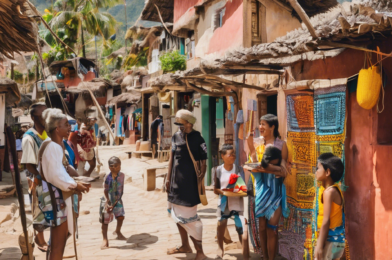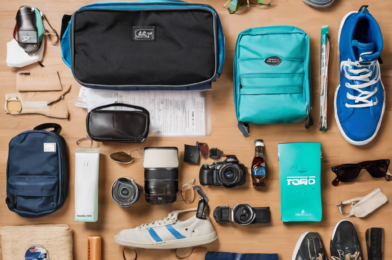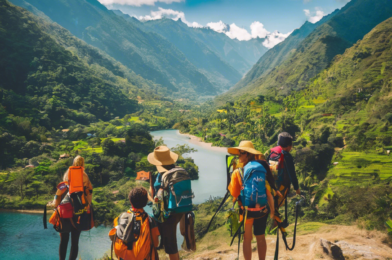Traveling is more than just visiting new places—it’s about building connections and understanding the people who call those places home. Whether you’re on a mission trip, a cultural exchange, or a personal adventure, connecting with local communities can transform your experience. Here’s how to build meaningful relationships and create lasting memories while traveling.
1. Learn Basic Phrases in the Local Language
One of the most effective ways to connect with locals is by speaking their language, even if it’s just a few words. Learning basic phrases like “hello,” “thank you,” and “how are you?” shows respect and effort. Locals often appreciate the gesture and are more likely to open up. Use language apps, phrasebooks, or online tutorials to practice before your trip. Even if you make mistakes, your attempts will likely be met with smiles and encouragement.
2. Participate in Local Events and Festivals
Attending local events, festivals, or community gatherings is a fantastic way to immerse yourself in the culture. Whether it’s a traditional dance performance, a religious ceremony, or a farmers’ market, these events offer a glimpse into the community’s way of life. Don’t be afraid to join in—locals often welcome visitors who show genuine interest. Participating in these activities can lead to spontaneous conversations and new friendships.
3. Support Local Businesses
Supporting local businesses is a win-win: you get authentic experiences while contributing to the local economy. Shop at markets, eat at family-owned restaurants, and stay in locally-run accommodations. Strike up conversations with shop owners or artisans—they often have fascinating stories to share. By choosing local over global chains, you’ll gain a deeper understanding of the community and its traditions.
4. Volunteer or Join Community Projects
Volunteering is one of the most meaningful ways to connect with locals. Whether it’s teaching, building, or conservation work, your efforts can make a real difference. Look for opportunities that align with your skills and interests. Volunteering not only helps the community but also allows you to work side-by-side with locals, fostering mutual respect and understanding. Many organizations also offer cultural exchange programs to deepen your connection.
5. Be Respectful of Local Customs and Traditions
Respect is the foundation of any meaningful connection. Take time to learn about local customs, traditions, and etiquette before your trip. Dress modestly if required, follow social norms, and avoid behaviors that might be considered disrespectful. For example, in some cultures, it’s polite to remove your shoes before entering a home or to use your right hand for greetings. Showing respect for local ways of life will earn you trust and goodwill.
6. Stay with Local Families or in Homestays
Homestays are an excellent way to experience daily life in a community. Staying with a local family allows you to observe their routines, share meals, and learn about their traditions. Many hosts are eager to share their culture and may even teach you how to cook a local dish or play a traditional game. Homestays often lead to deep, personal connections that last long after your trip.
7. Ask Questions and Listen Actively
Curiosity is key to building connections. Ask locals about their lives, traditions, and favorite places in the area. Listen actively and show genuine interest in their stories. Avoid making assumptions or comparing their culture to your own. Instead, focus on learning and appreciating their perspective. These conversations can lead to unexpected insights and lasting friendships.
8. Share Your Own Culture
Cultural exchange is a two-way street. While it’s important to learn about the local culture, don’t hesitate to share your own. Bring photos, small gifts, or stories from home to share with locals. Teaching them a few words in your language or showing them how to cook a dish from your country can be a fun and bonding experience. Sharing your culture helps bridge gaps and fosters mutual understanding.
9. Be Open-Minded and Flexible
Connecting with locals often requires stepping out of your comfort zone. Be open to new experiences, whether it’s trying unfamiliar food, participating in a local ritual, or navigating a language barrier. Flexibility and a positive attitude go a long way in building trust and rapport. Embrace the unexpected—it’s often in these moments that the most meaningful connections are made.
10. Follow Up and Stay in Touch
Building connections doesn’t have to end when your trip does. Exchange contact information with the people you meet and stay in touch through social media, email, or messaging apps. Sending a postcard or a small gift after your trip can show your appreciation and keep the relationship alive. Staying connected allows you to continue learning from each other and strengthens the bond you’ve created.
By following these tips, you can turn your travels into an opportunity to build genuine, lasting connections with local communities. These relationships will not only enrich your journey but also leave a positive impact on the places you visit. Happy travels! 🌍✨


